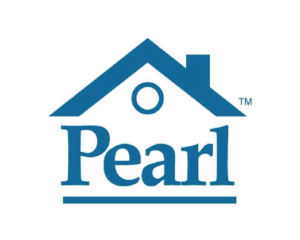What You Should Know About Going Off-Grid With Solar In Arizona
Content Posted – June 13, 2019
Just as the name suggests, DIY solar panels are generated and created without the use of professionals in an attempt to save money. While some buy home solar kits and the like from places like Home Depot or Costco, others design and create their own panels. The route you choose depends on your skills and confidence in producing your own solar panels. You can still purchase or lease solar panels for off-grid living, however, you may need to consult a solar leasing specialist about that before committing to something like that.
If you decide to make your own panels and truly go off-grid, there are normally five steps to follow;
• Consider your own energy needs and then design a system that allows you to generate sufficient energy.
• Buy the four main components – PV panel (solar panel), inverter, charge controller, and battery.
• Get onto the roof and install the mounts or racking system.
• Once the mounts are secure, connect the solar panels.
• Finally, with everything in place, all that’s left is to install the solar inverter.
Meaning of ‘Off-Grid’
We should note that the majority of home solar kits have been designed to be used off-grid; if you don’t quite know the consequences of this, it means you won’t remain connected to the utility. If your solar energy system fails to generate enough energy for the home, you won’t be able to rely on the utility to make up the difference. If you are 100% reliant on your own energy source, you will want to make sure your home is operating at peak energy efficiency with an energy audit.
Benefits and Drawbacks of DIY Solar
Should you consider DIY solar? We’ve listed some pros and cons!
Benefit: Perfect for Small Projects
As long as you’re not planning to power your whole home on a DIY solar kit, this can be a great way to dip your toes into the solar water without having to invest thousands and thousands. For example, you could start by powering a small shed, garage, or barn.
Benefit: Lower Costs
Assuming you have the skills to introduce this system to your home, you can avoid the high costs that come with a regular installation. Once you see the benefit of solar power and how you can save money, you might be more inclined to invest in a full solar system to power your whole home. For example, somebody like SunPower can help with everything from design to installation. You should also consider solar shades and solar hot water heaters if you are wanting to go completely solar with your project.
Drawback: Difficult Process
On the other hand, you really need to consider whether or not this is something you can do. The reason we pay for professional installers is because not only do they know what they’re doing but they also know how to spot potential issues and deal with them before they become costly disasters.
Drawback: Difference in Quality
You’re paying significantly less money, so you have to be ready for a difference in material quality. With SunPower, they customize solar systems for each customer since they’re also the manufacturer. With a home kit, you’re buying a standardized system that may not be effective in your location. Especially in a hot city, solar panels need to be raised slightly to allow for airflow.
Summary
If you want to go off-grid with your solar, make sure you understand exactly what this means and how it will work in your home. Also, compare the ‘dollar per watt’ value of different systems to really optimize your investment! Chances are, if you are interested in obtaining a Pearl Certification for your home, you may have issues if your off-grid system isn’t fully efficient.




